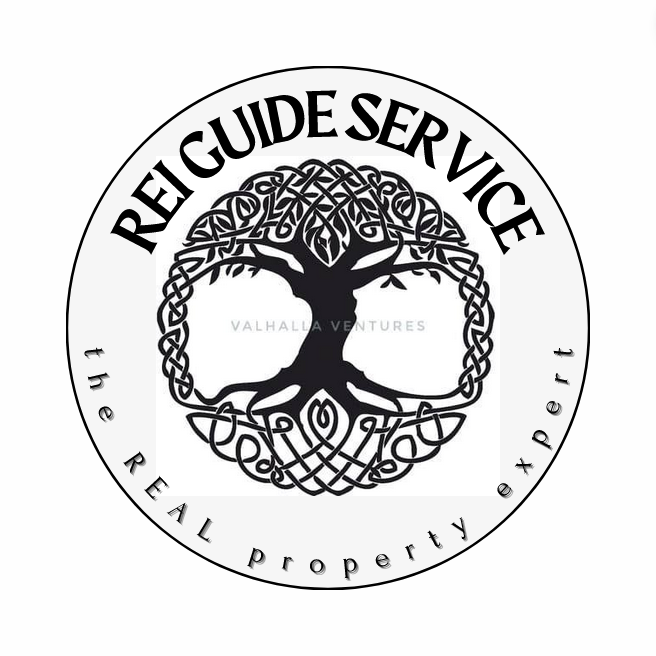The "Cost Plus" Contract Model: What It Is, Why It Works, and How to Not Get Burned
A lot of people throw around the idea of doing projects on a cost plus basis, thinking it gives them more control. And it can, but only if you know what you’re doing. Otherwise, it’s just an open tab in someone else’s bar.
So let’s clear it up.
What is Cost Plus, Really?
You’re paying actual project costs, labor, materials, subs, plus a fixed fee or percentage (typically 10–20%) to the contractor.
No padded bids. No guessing games. Just a running tab you can see.
Sounds transparent, right? But ask yourself:
"If I’m paying for everything as it happens… do I actually have the systems in place to verify that every dollar was necessary, fair, and properly managed?"
If not, you’re just handing someone a blank check with your name on it.
Here’s What You NEED In Place for a Cost Plus Contract to Work:
1. Clear Contract Terms (written and signed)
AIA Document A102 or similar (industry standard cost-plus agreement)
Detailed scope of work
Payment terms (frequency, documentation required)
Contractor fee structure (flat rate, % of cost, or hybrid)
Audit rights and access to all invoices, timesheets, and receipts
A cap or “not-to-exceed” number (highly recommended)
2. Job Cost Tracking System
Use Buildertrend, CoConstruct, or at least a detailed shared Google Sheet.
Every material receipt, sub invoice, labor hour, logged in real time.
You must reconcile every draw request to the ledger before you fund.
If your contractor can’t show you clean books for each phase, that’s a red flag.
3. Processes You Can’t Skip
Preconstruction Budget Walkthrough — walk the job before demo, before concrete, before framing. Adjust the budget based on what you see.
Weekly Site Meetings — you or your rep need eyes on site. “Trust but verify” isn’t just a slogan, it’s insurance.
Draw Approval Process — no money moves without backup. That means:
Receipts
Photos
Updated job costing log
Percentage completion verified
Systems That Protect You:
Cloud-based storage of all records (Google Drive, Dropbox)
Checklists for each phase of the job so nobody “forgets” fire blocking or flashing until the inspector red-tags it
Change Order Logs – track every deviation and the cost impact
Lien Waivers – from EVERY sub and supplier, every draw
Common Pitfalls (and How to Dodge Them):
No Cap on Costs:
If it’s not in writing, don’t assume it. You must establish a ceiling on total spend, even if it’s just psychological pressure for the contractor.Sloppy Documentation:
If receipts show up in a shoebox, you're already behind. If your contractor doesn’t have a digital system for tracking expenses, that’s your first expense.Scope Creep:
“While we’re at it…” is the death rattle of your margin. Anything added must follow a formal Change Order, not a handshake.No Defined Timeline or Delay Penalties:
If you're paying on a cost basis but time isn’t clearly valued, the job will drift. Add milestone dates with financial consequences.
Bottom Line:
“Do I want transparency, or do I want predictability?”
Cost Plus gives you transparency, if you’re ready to be the bookkeeper, project manager, and bad cop. If you’re not, either build the systems or hire someone who has them.
You can make serious money under a cost-plus model, but only if you approach it like a forensic accountant wearing boots. Otherwise, you're not investing... you're donating.

